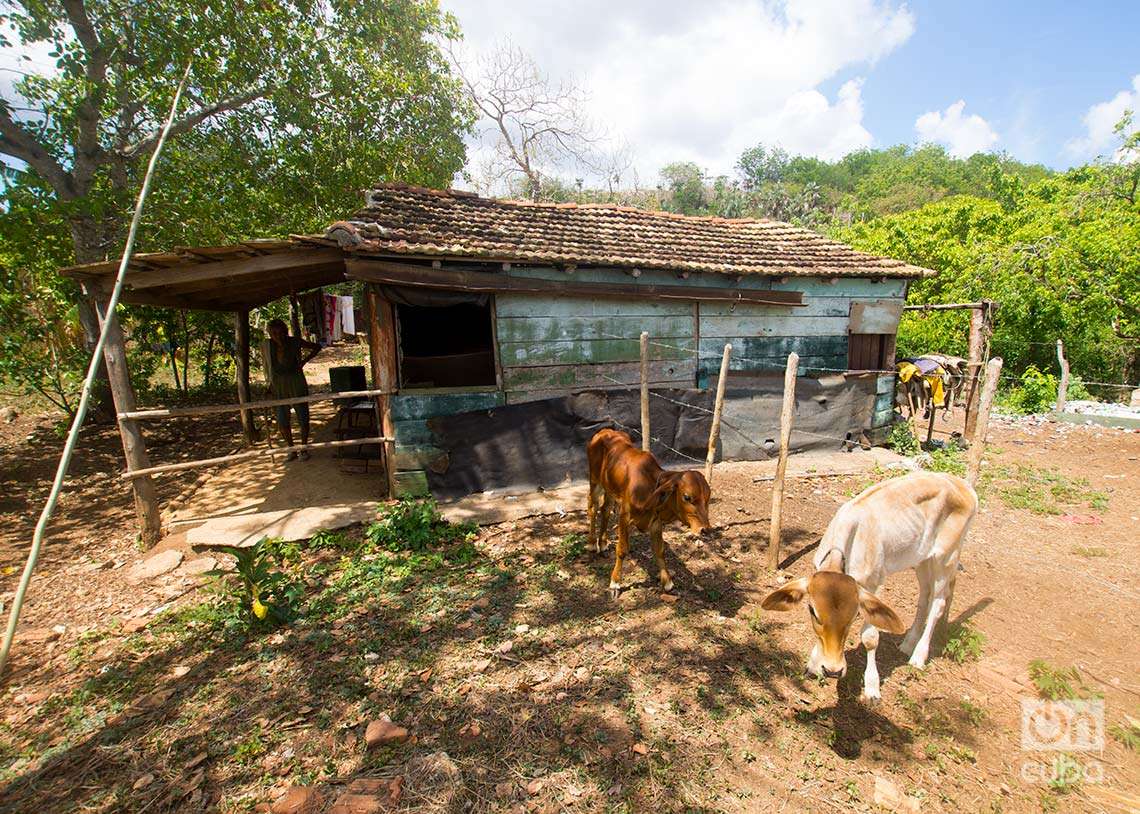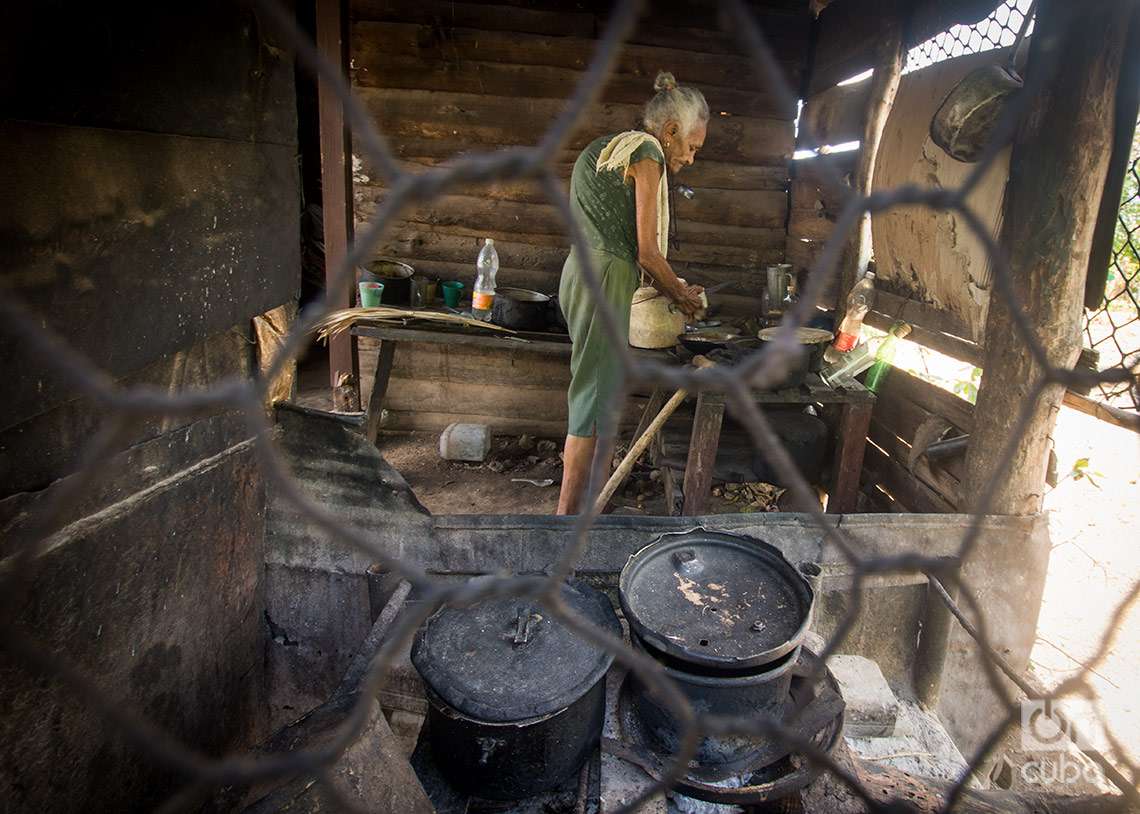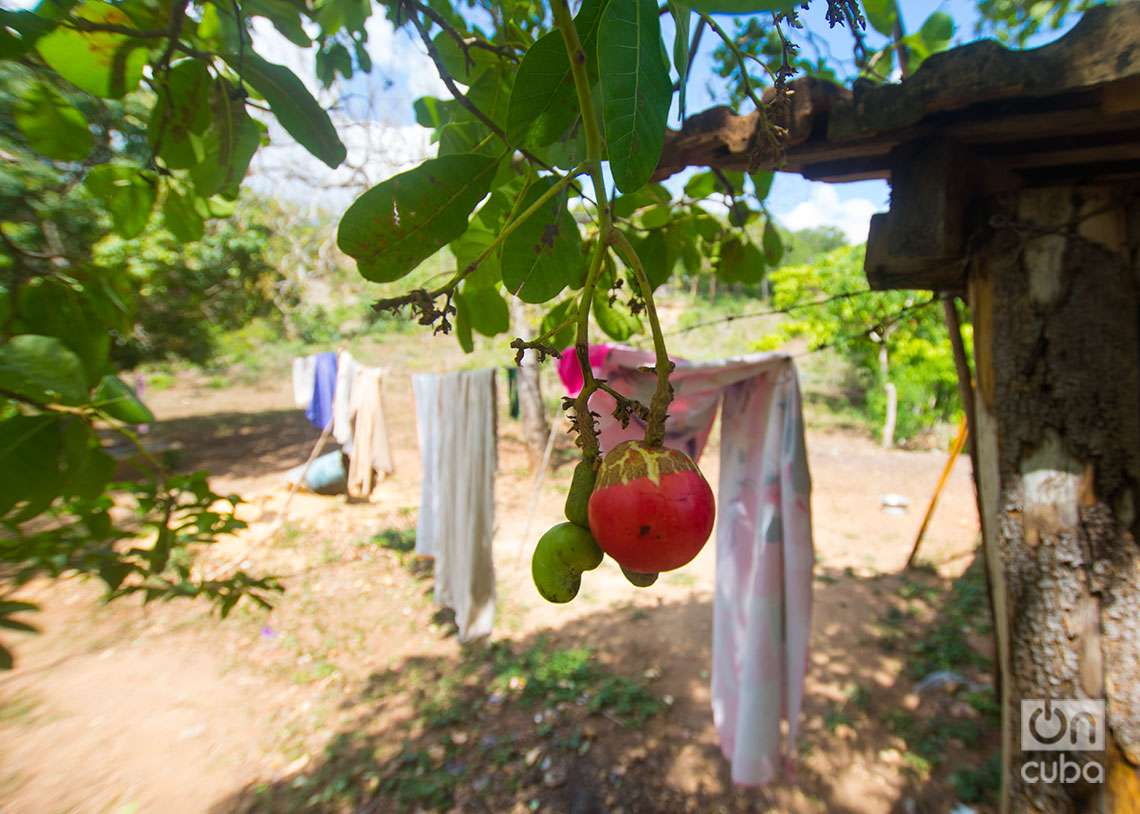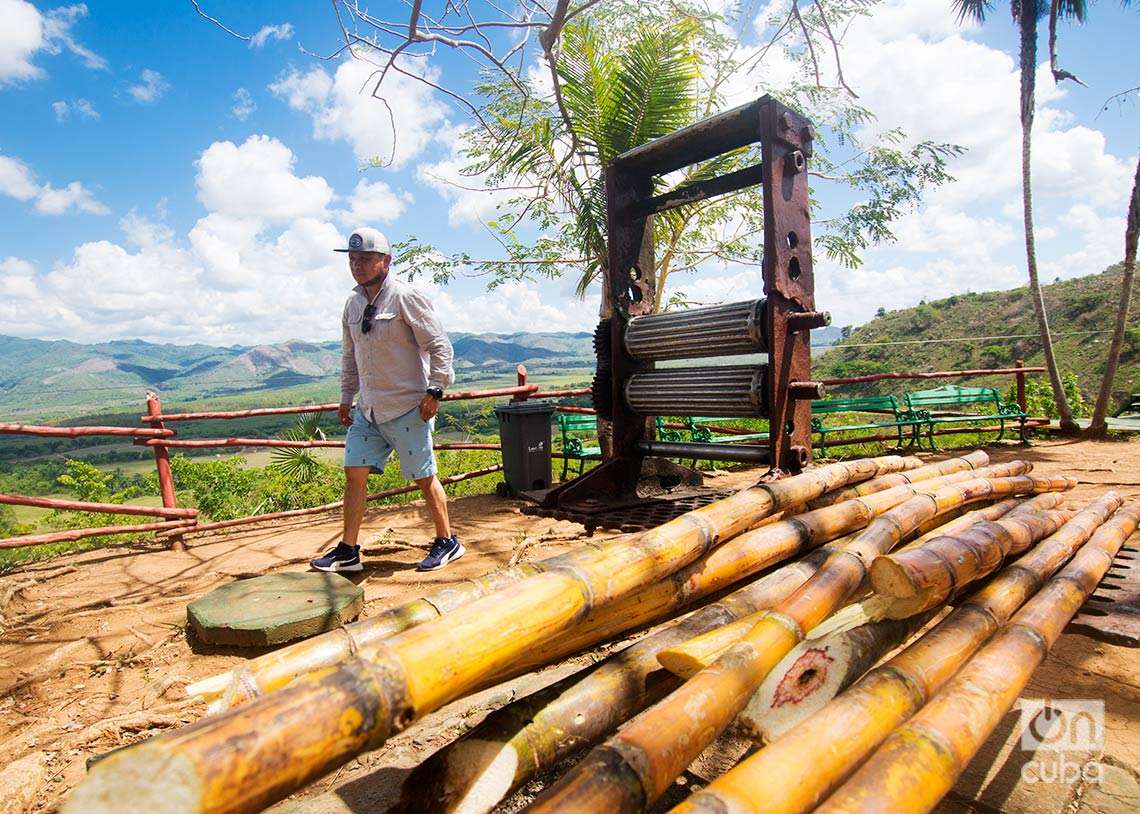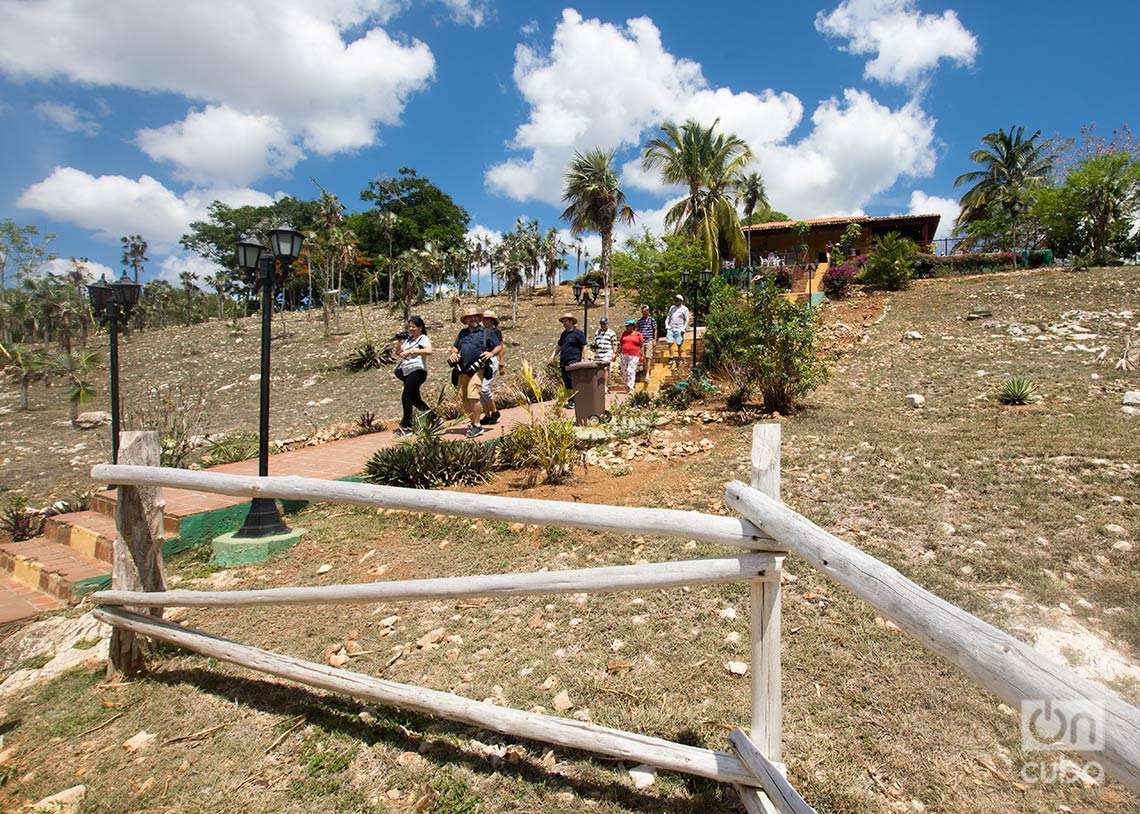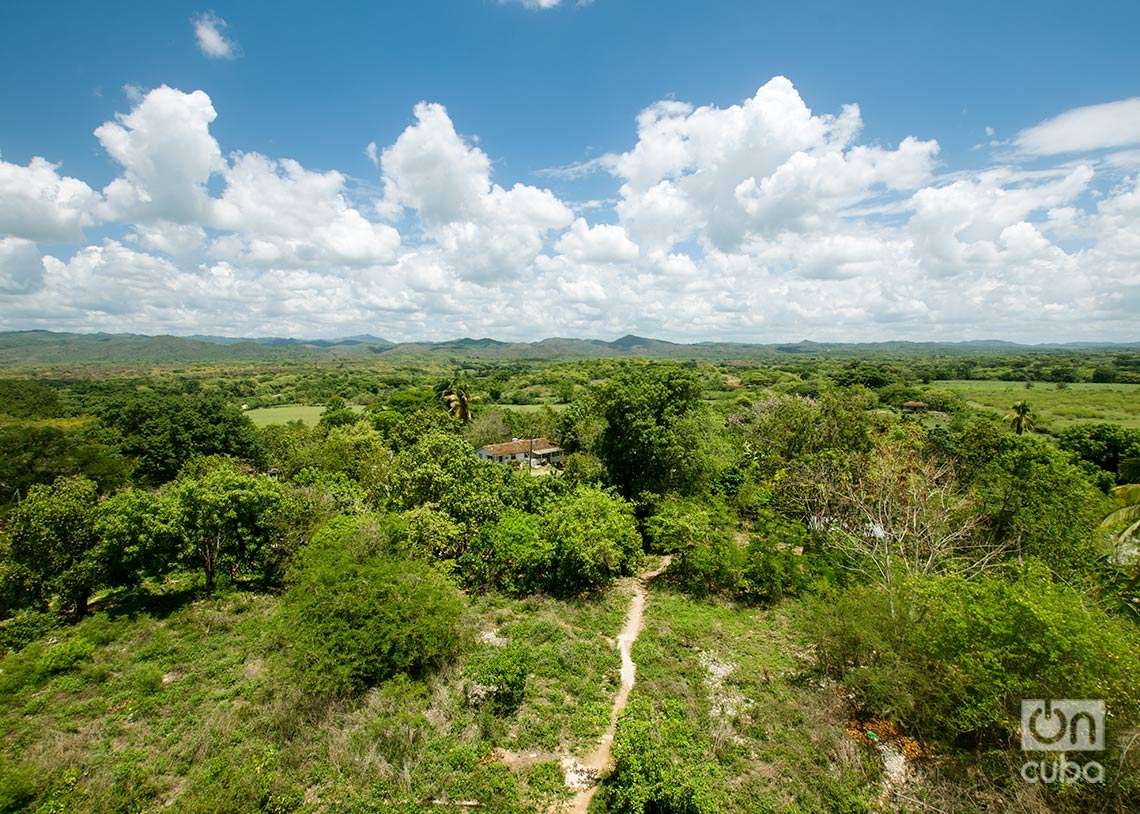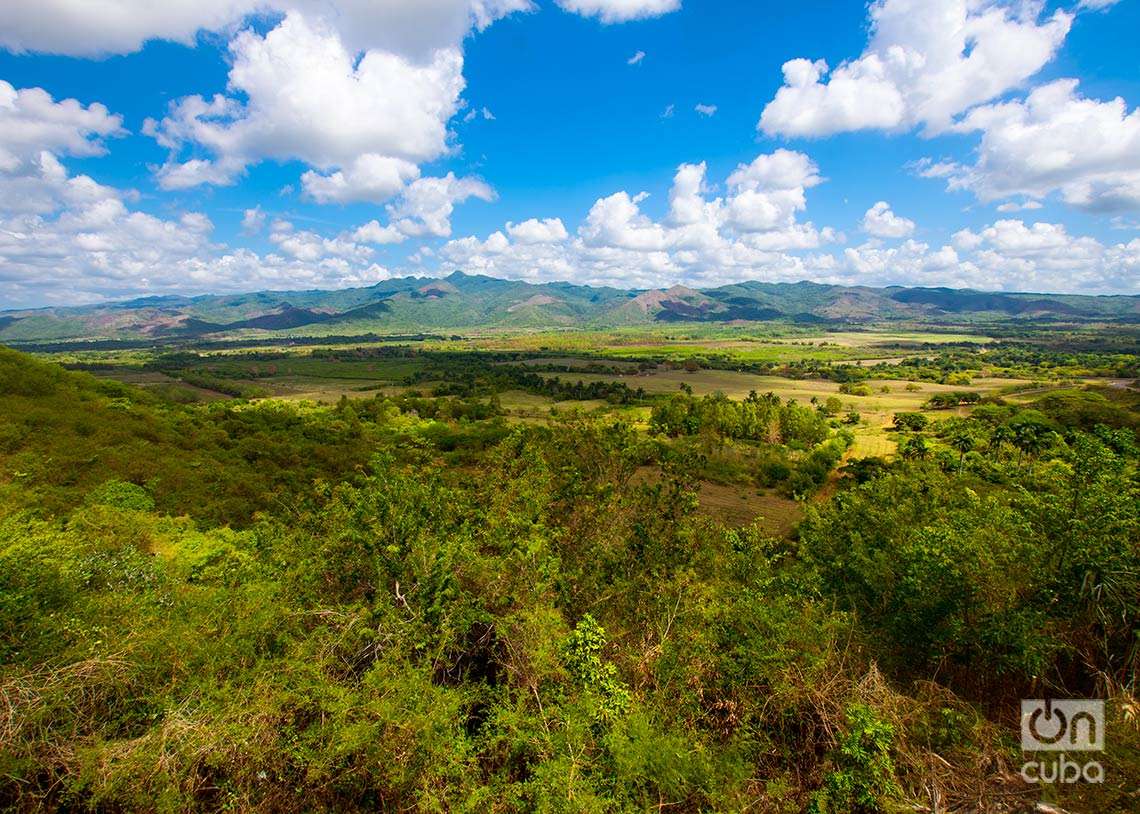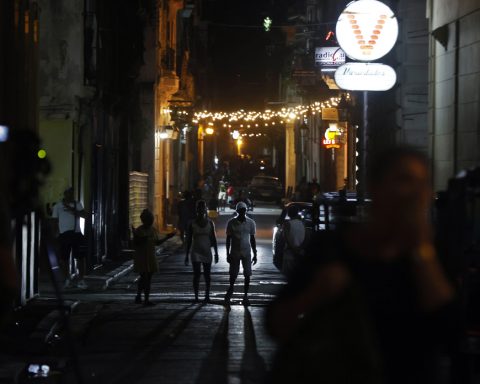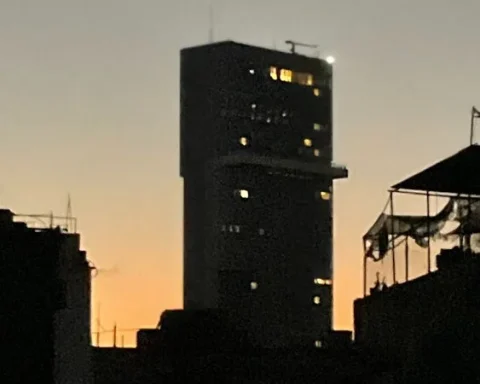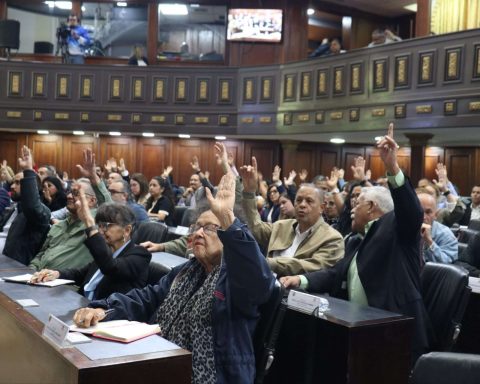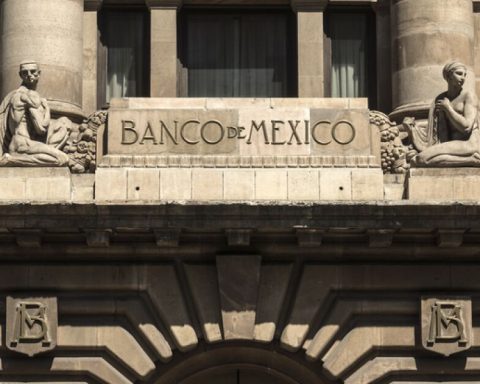Located east of the city of Trinitythe Valle de los Ingenios is one of the most picturesque and well-known places in the center of Cuba.
With an area of 253 square kilometers, it combines natural beauty with historical and cultural heritage.
The valley was, in colonial times, one of the largest sugar-producing regions on the island. In it, haciendas and sugarcane plantations flourished, together with the mills that gave it its name.
Manaca Iznaga, with its emblematic towerBuena Vista, Delicias and Guáimaro —where the Sugar Museum was later opened— are some of those haciendas of yesteryear.
In total, the valley is home to more than 70 industrial archaeological sites with constructive remains of vernacular architecture related to sugar production. Among them, the houses of lords and servants, slave barracks, boiler houses, stills, warehouses, wells and cisterns.
Declared a World Heritage Site by Unesco in 1988 along with Trinidad, the valley retains the mysticism and beauty that have made it a tourist attraction. From its well-known viewpoint you can see all the natural splendor of the Trinidadian plain and the elevations that surround it.
However, if you go ashore and walk you can discover a less touristy landscape.
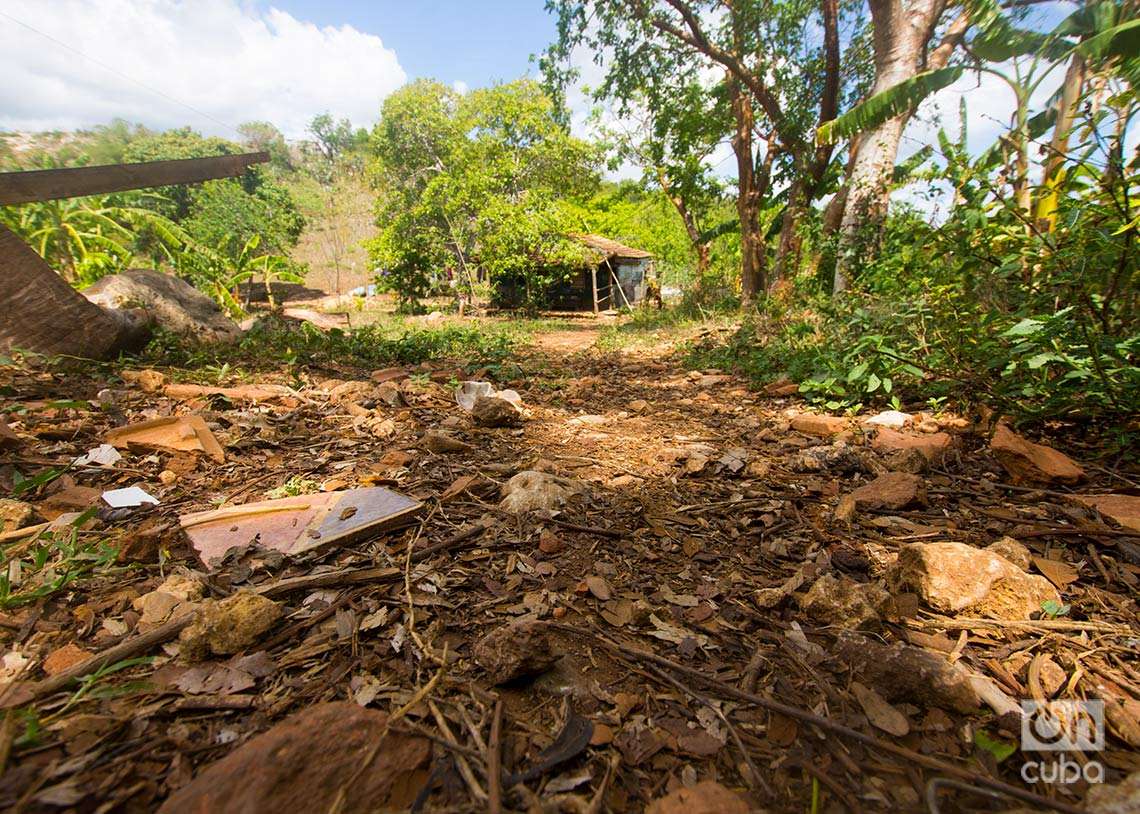
You can go to their communities or even isolated houses, share with their renowned artisans and their industrious peasants, talk with people like the octogenarian Rosa Vázquez, proud of the tranquility and beauty of the place and the purity of the air she breathes.
That is the other Valle de los Ingenios, which is actually the same, although it hardly appears on postcards and tour operator catalogues. It is the valley of humble houses, with its trees, its dirt roads and its people, which our photojournalist Otmaro Rodríguez recently visited and who proposes his snapshots.
